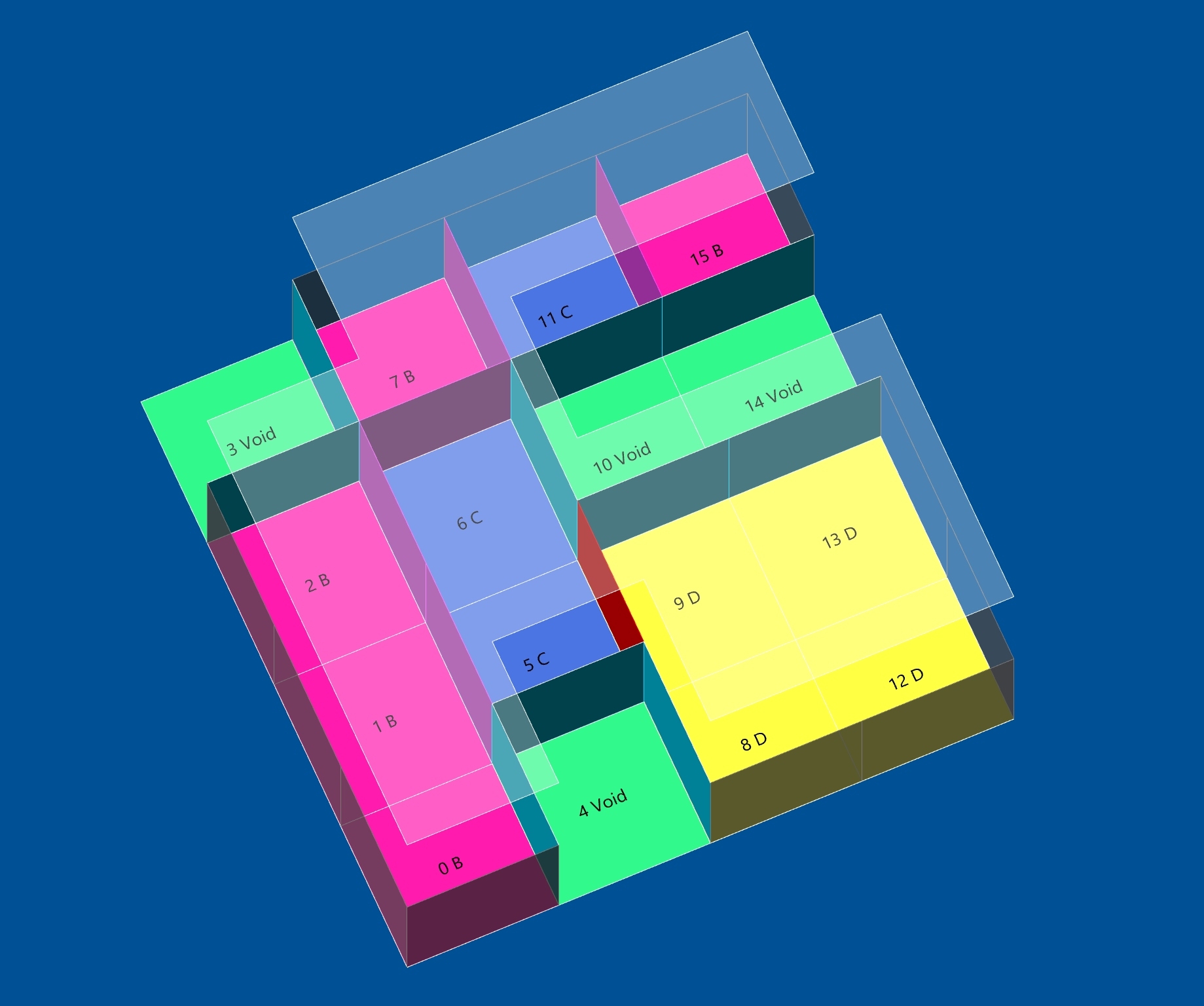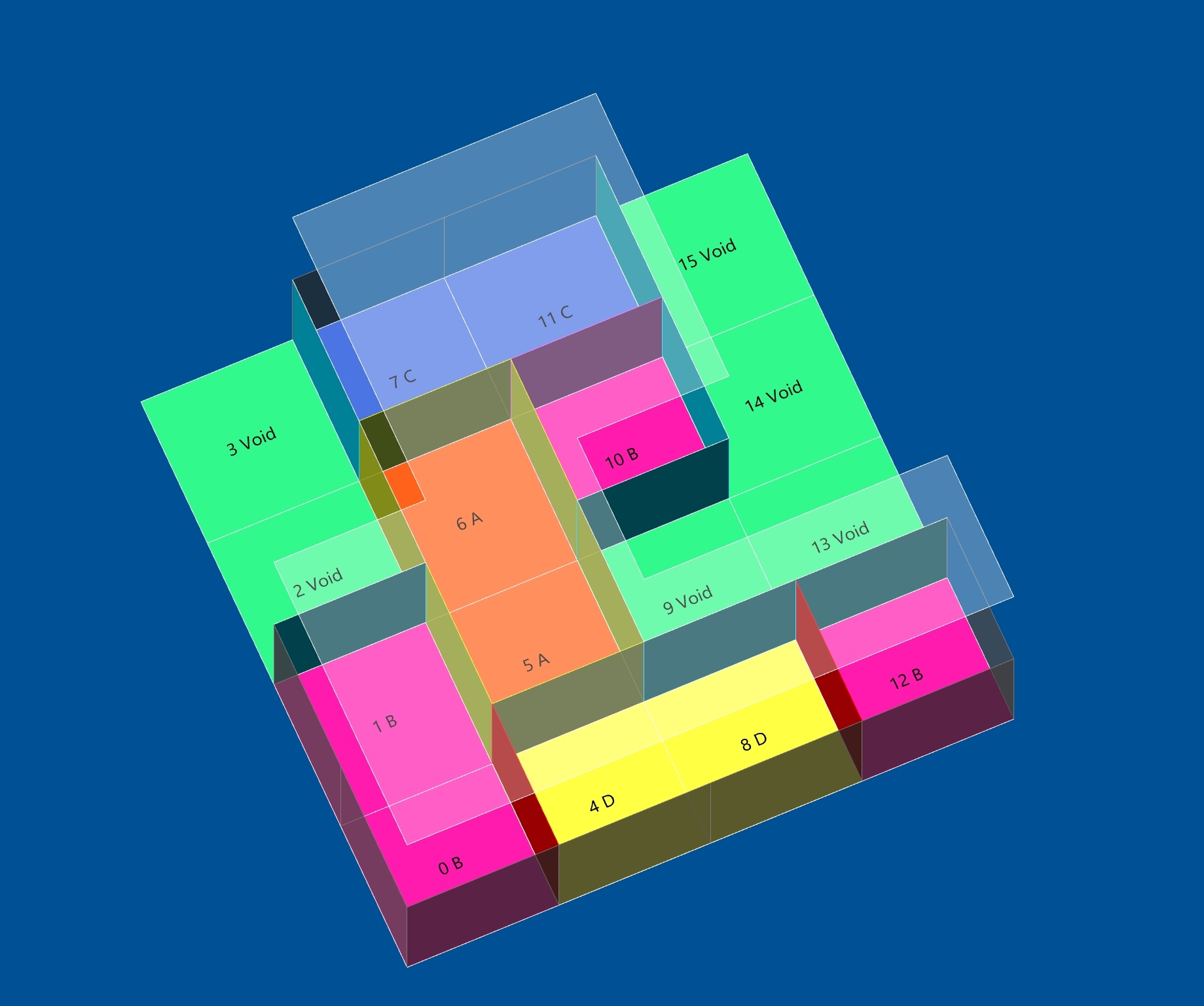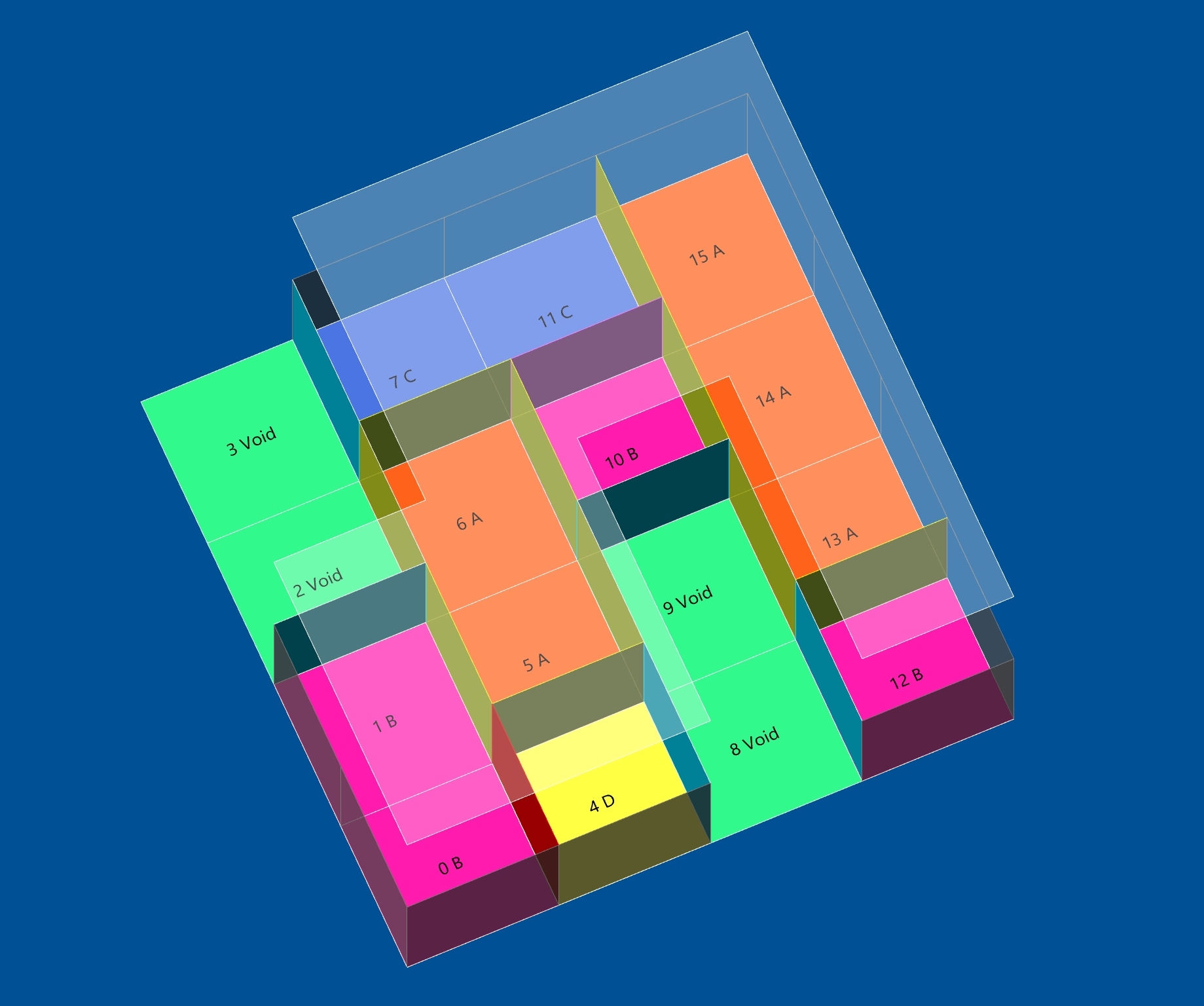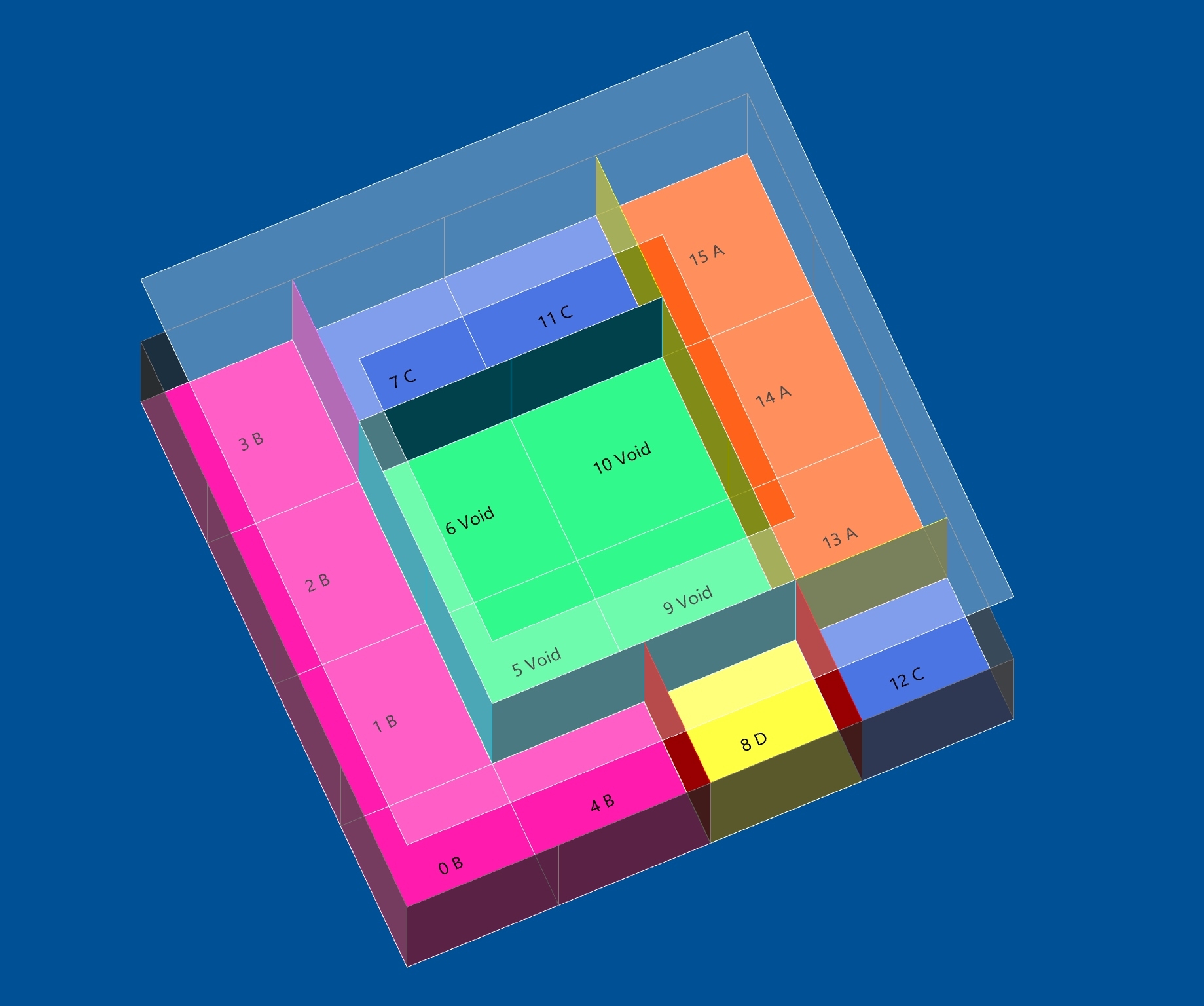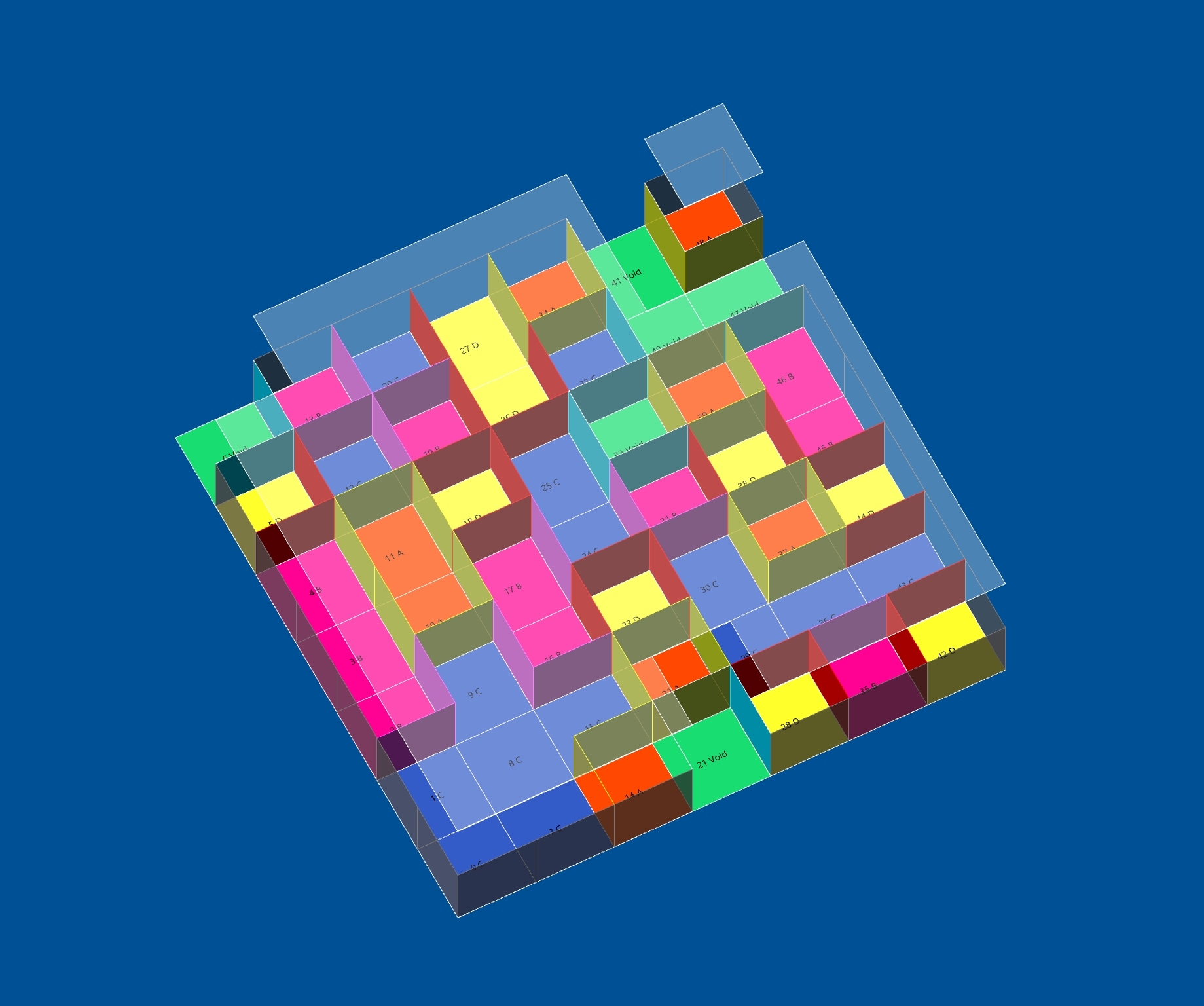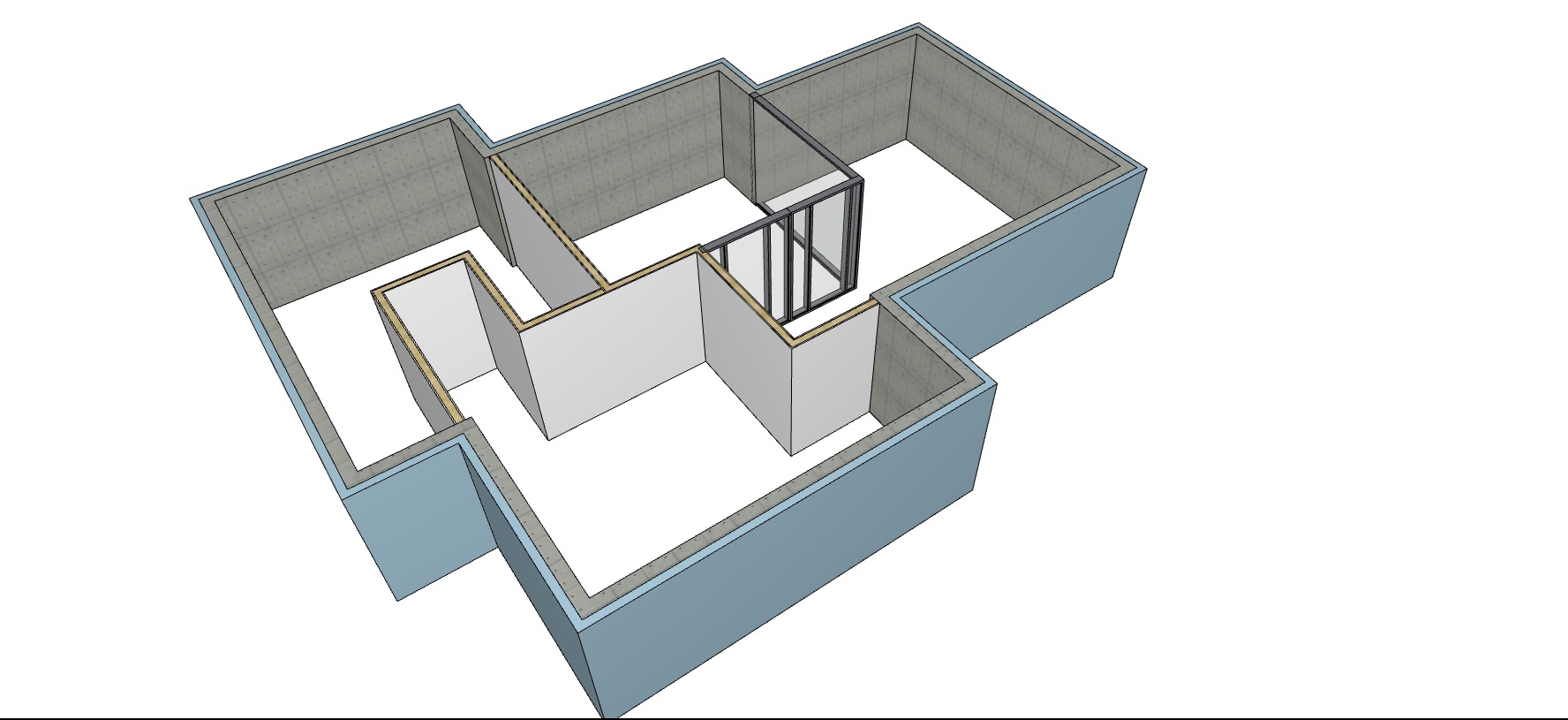@DADA_universe said:
This is indeed uncanny. You read a few Python tutorials and made this during down time between running clothes through the washing mashing and mowing your lawn? Yes sorcery is indeed another correct term.
The add-on is just a little Python wrapper that still calls the Perl tools in the background - this is a problem, particularly on Windows where these kind of connections don't really work - I have spent much of the last week answering questions on youtube, twitter, linkedin and bitbucket from people trying to get it working on Windows (with I think one success).
I came to the forum to see if there was a thread for Homemaker where I could ask a couple of questions and now this!
I tried my hands at Homemaker after the meetup where you presented it and even read up a bit about Perl but didn't successfully get Homemaker to run. I can't remember the bugs I was getting anymore as I never went back to it, but I was still hoping to crack it at some point. Just yesterday I thought to ask if you thought Homemaker could be ported to Python to make it work it's magic directly with the Bpy module. Is there any specific reason why it's better suited to Perl?
There is absolutely nothing about Perl that makes it suited to this sort of thing, it was just the tool I had to hand when I started the project, learning Python would have been a better option in retrospect, but you can't do everything all at once.
Not that it's a bad thing to have it in Perl and take the output into Blender, but I just wondered about opening up its capabilities even more within the Blender ecosystem, given the important the work you've done with it and the potential therein.
Homemaker itself is non-interactive and takes hours to evolve results, so there isn't much to gain from adding it into blender. The topologise tool though doesn't actually use much code from Homemaker, mainly the IFC compiler (Molior and File::IFC), and could conceivably be ported entirely to a blender add-on, or at least ported a bit at a time. I need to write a post setting out what I think needs to be done, and I think there is demand for a tool like this, but I'm not capable of doing it all.
